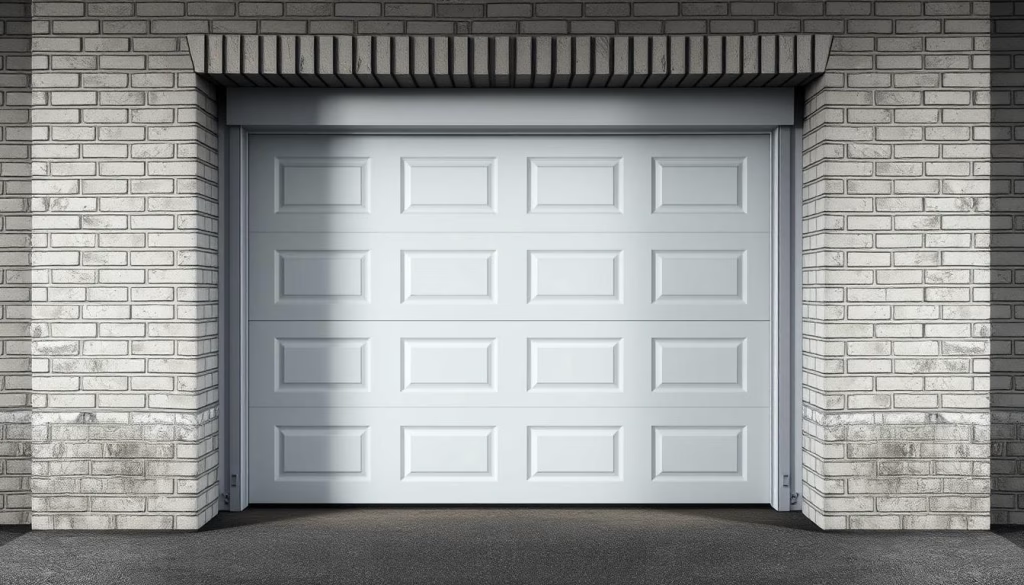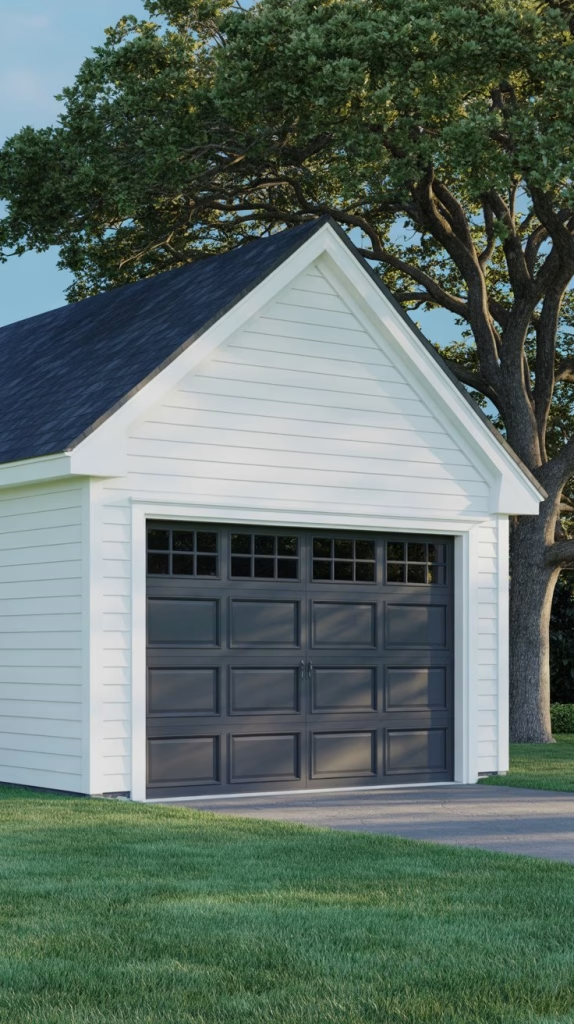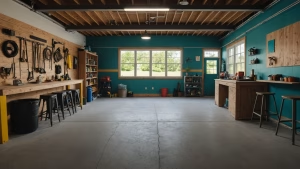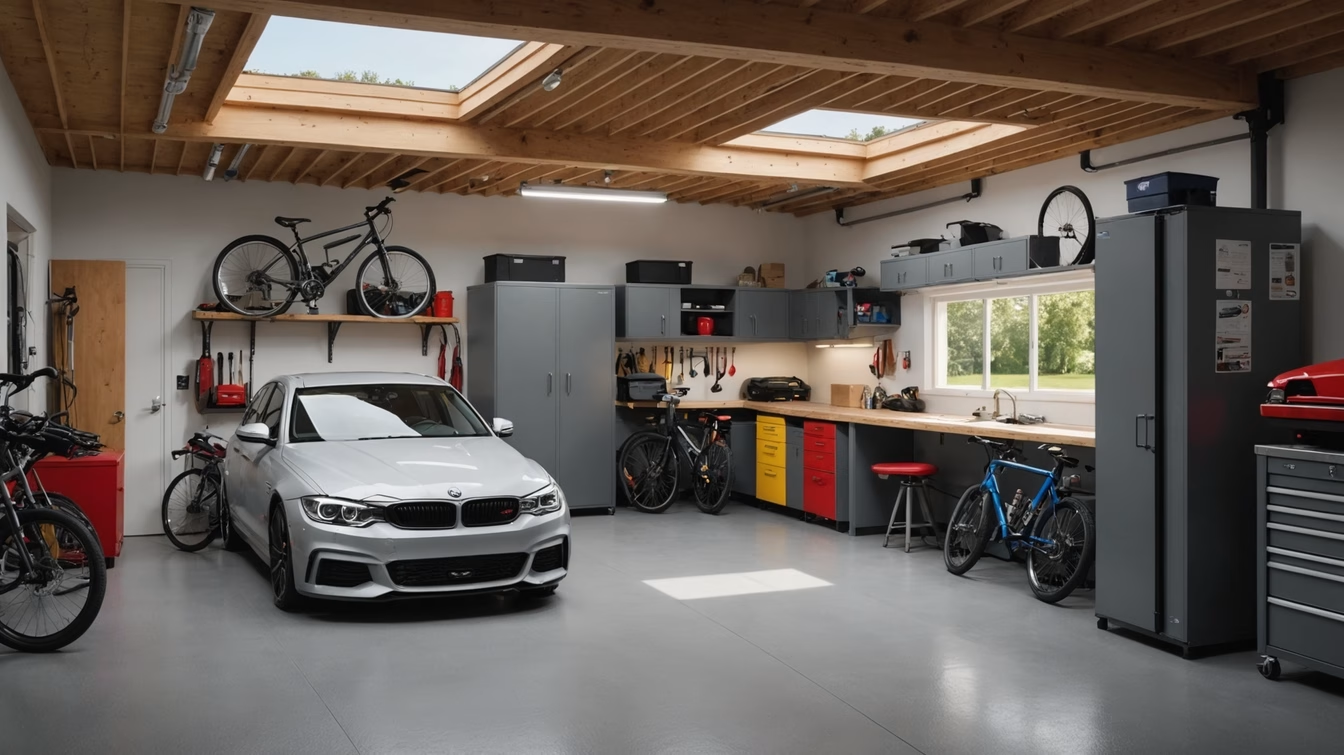The garage door opener is a device of unparalleled convenience, a simple button press granting effortless access to our homes. We have grown accustomed to its seamless, reliable operation, a silent contract of trust that this powerful piece of machinery will always work as intended. This ease of use, however, has lulled many into a dangerous state of complacency—the belief that once installed, a garage door opener is a “set it and forget it” appliance. This assumption is not only false, but it also ignores the critical safety features that are designed to protect what matters most: our families.
A garage door is the largest and heaviest moving object in most homes, weighing hundreds of pounds. When it closes, it exerts a significant downward force, and without functioning safety mechanisms, it can become a crushing hazard. The tragic reality is that countless accidents and injuries, some fatal, have occurred because these vital safety systems were either disabled, malfunctioning, or simply never checked. This comprehensive guide will dispel the myth of the maintenance-free opener, illuminate the two critical safety features every modern garage door is equipped with, and provide you with a straightforward, step-by-step process for ensuring they are working flawlessly. The peace of mind you gain from a simple monthly test is invaluable.
The Two Pillars of Garage Door Safety

In 1993, a federal law (UL 325) mandated that all residential garage door openers sold in the United States must have two independent entrapment protection systems. These are not optional add-ons; they are a fundamental requirement for a safe operating system.
1. The Mechanical Auto-Reverse Function: This is the primary and oldest form of entrapment protection. It relies on the opener’s motor to sense resistance. If the closing door encounters an object—be it a person, a pet, a bicycle, or a car bumper—it should exert a certain amount of pressure and then immediately stop and reverse its direction, returning to the open position. This system is a critical last line of defense, but it’s a reactive one. It requires contact with an obstruction to trigger the reversal, and even then, if not properly calibrated, the force of the impact can be significant.
2. The Photoelectric Sensors (The “Electric Eyes”): This is a non-contact, proactive safety system. These small, often black, rectangular sensors are mounted on each side of the garage door’s vertical tracks, typically four to six inches off the ground. One sensor emits an invisible infrared light beam, while the other acts as a receiver. When the door is closing, this beam creates a “tripwire” across the doorway. If anything, or anyone, breaks this beam, the sensors send a signal to the opener, which instantly stops the door’s downward movement and reverses it. This system is designed to prevent an accident before any physical contact is made, making it especially crucial for protecting small children and animals who might dart into the path of the closing door.
Introducing the Genie QuietLift Connect, the pinnacle of smart garage solutions, expertly designed for those who value both intelligence and peace in their home. This WiFi-enabled smart garage door opener features a robust ¾ HPC motor that works seamlessly with a belt drive system, ensuring ultra-quiet operation—ideal for homes where the garage is close to living spaces.
These two systems work in tandem to create a robust safety net. However, like any mechanical or electrical system, they are susceptible to issues. The sensors can become misaligned, the wiring can be cut or frayed, or the force settings on the opener can be incorrectly calibrated, rendering the entire system useless. The “set it and forget it” mentality is so dangerous precisely because it allows these silent failures to go unnoticed until it’s too late.
A Step-by-Step Guide to Testing Your Garage Door Opener’s Safety Features
Experts recommend performing these two simple tests at least once a month. The process takes less than five minutes and requires nothing more than a few household items.
Test 1: The Mechanical Auto-Reverse
This test verifies that the door will stop and reverse on contact with an object. It’s a physical test that simulates the door hitting an obstruction.
What You’ll Need: A standard 2×4 piece of lumber or a similarly sized, solid object. A roll of paper towels can also be used, as it is a soft object that the door should still reverse upon contact with.
Procedure:
- Open the Door Fully: Use your remote or wall button to open the garage door all the way.
- Position the Obstruction: Place the 2×4 (laid flat on its side so it’s 1.5 inches tall) directly in the center of the garage door’s path on the concrete floor. Ensure it’s not near the photo-eye sensors, as those will prevent the test from working. You are testing the force of the door, not the sensors.
- Initiate the Test: Press your remote or wall button to begin closing the door.
- Observe the Result: As the door descends and makes contact with the 2×4, it should immediately stop and reverse, returning to the fully open position. The door should not crush the object or continue to apply pressure after contact. It should react swiftly and decisively.
What to Do If the Test Fails: If the door fails this test—meaning it stops on the board without reversing, or it continues to descend with force—it is not safe to operate. Stop using the door immediately and call a professional garage door technician. Do not attempt to adjust the opener’s force settings yourself, as this can be dangerous and may not solve the underlying problem.
Test 2: The Photo-Eye Sensors
This test verifies that the infrared beam is working properly and will prevent the door from closing on a non-contact obstruction. This is the more common of the two safety failures.
What You’ll Need: Nothing but a hand or a foot. A broom handle or a piece of cardboard can also be used.
Procedure:
- Open the Door Fully: Use your remote or wall button to open the garage door all the way.
- Position Yourself Safely: Stand outside the garage or to the side, away from the door’s path, but within reach of the sensor beam.
- Initiate the Test: Press your remote or wall button to begin closing the door.
- Break the Beam: As the door is closing, step your foot into the path of the door, or wave your hand or a broom handle in front of one of the photoelectric sensors. Make sure you do this before the door descends to a point where it would contact you.
- Observe the Result: The door should immediately stop its downward movement and reverse, returning to the open position. It should not hesitate, and it should not continue to close.
What to Do If the Test Fails: If the door fails this test—meaning it does not stop and reverse when the beam is broken—it is also not safe to operate. The cause is almost always a simple issue that you can troubleshoot yourself before calling a professional.
Troubleshooting the Photo-Eyes:
- Check for Obstructions: First, look at the sensor lenses. Are they covered in dirt, dust, cobwebs, or even a leaf? Use a soft, dry cloth to gently wipe the lenses clean.
- Verify Alignment: The most common reason for sensor failure is misalignment. The two sensors must be perfectly aimed at each other. Most sensors have a small LED light on them. A solid light (often green or amber) indicates that the beam is aligned and working correctly. A blinking or no light at all is a clear sign of a problem. To realign them, gently nudge the sensors or their brackets until the light becomes solid again. You might need to loosen the wingnuts on the brackets to make minor adjustments.
- Inspect the Wiring: Check the wires leading to the sensors. Are they cut, frayed, or disconnected? Are they secured to the wall and not being pinched? A loose or damaged wire can easily interrupt the circuit.
After troubleshooting these issues, repeat the test. If the sensors still fail to stop the door, do not use the opener and contact a qualified garage door technician.
Why You Must Test Regularly

The “set it and forget it” myth is so pervasive because garage door safety systems can fail silently. The door might continue to operate normally for months or even years, but a loose wire, a misaligned sensor, or a gradually failing motor could be rendering your safety features useless without any visible sign. It only takes one instance of a child running into the path of a closing door or a family pet unknowingly wandering underneath for a silent failure to become a heartbreaking tragedy.
Making these two simple safety tests a part of your monthly home maintenance routine is a small effort with a monumental payoff. It’s an act of proactive care that protects your most vulnerable loved ones. By understanding how these systems work and by taking a few moments each month to verify their function, you can ensure that your garage door remains a symbol of convenience and security, not a potential hazard. Don’t wait for a close call to remind you of the importance of garage door safety. Test your system, confirm its safety, and enjoy the true peace of mind that comes with knowing your home is a safe haven for everyone in it.














